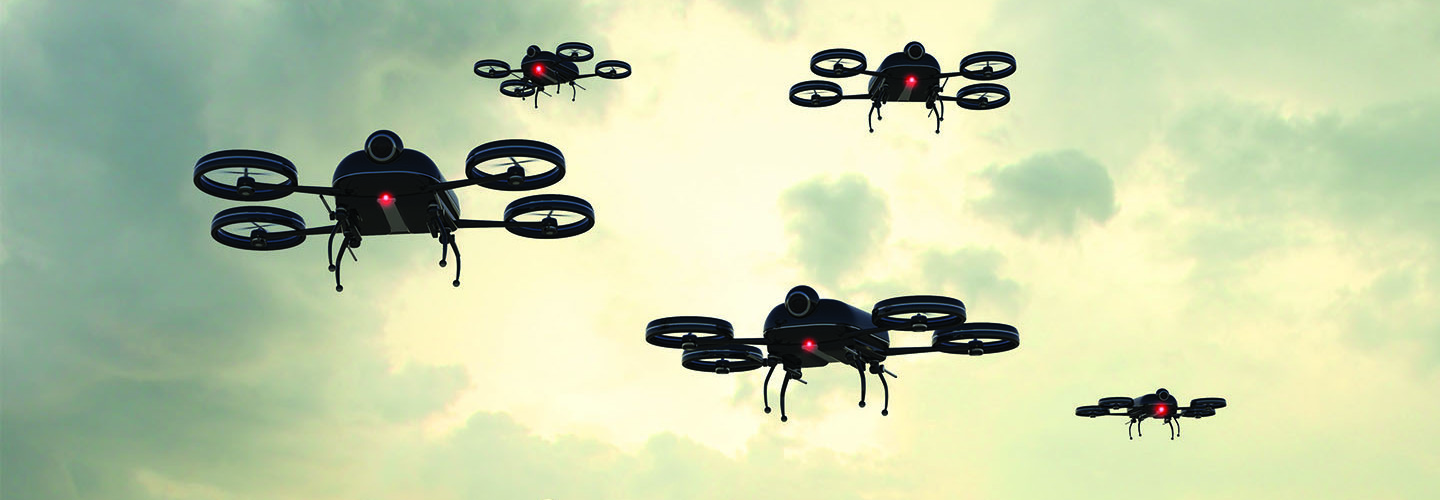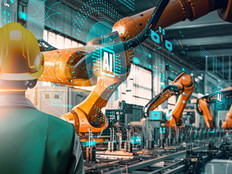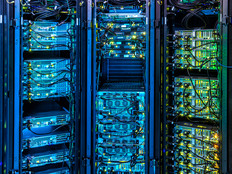Using Augmented and Virtual Reality to Train for Missions
AR and VR systems are more than just fun party activities — they’re also great tools for nonprofits when training responders to go into areas that are unstable or dangerous.
Getting safe, hands-on situational experience used to be difficult. Now, VR makes it possible to give volunteers and first responders the feel for a high-stakes situation without putting them in danger. That preparedness can do more than just help organizations develop their game plan going into a disaster zone — it can also save lives.
AR can also provide support for missions that wasn’t available before. The technology can lay critical, real-time information on top of drone footage, allowing workers to see where potential problems might arise in a response plan. This up-to-date data is invaluable as crews work to bring supplies to those who need them.
How Drones Can Save Lives in Disasters
Just as it can be hard to get to certain areas in the wake of a disaster, it can also be hard to get to people. Earthquakes, tornados and other weather events can leave people trapped in buildings, in their homes or even underground. As search missions drag on, drones can reach places that people can’t. Video footage drones gather can be used to find people who can’t find a way out of the rubble or are too injured to move.
Not only can drones help find survivors, but they can bring them aid as well. Sometimes a space will be too small, or a situation will be too dangerous, for a responder to get to a trapped person right away. The drone can drop off food, water and medical supplies to hold survivors until they can be extracted.
MORE FROM BIZTECH: The five nonprofit tech trends we're watching in 2020.
Artificial Intelligence and Machine Learning Can Predict Needs
The explosion of data analytics has touched every single industry, and nonprofits are no different. The sector has been using data to optimize donations, but analytics can also be applied to fieldwork. Using data to feed artificial intelligence and machine learning can help nonprofits predict where needs may be, directing assistance as efficiently as possible.
Bloomberg reports that a number of startups have tried to tackle disaster relief with AI and machine learning, including technology to help identify some of the most vulnerable citizens in a catastrophe. Larger companies are also weighing in; for example, Microsoft has donated tens of millions of dollars to expand the use of AI in disaster relief. Technology isn’t only helping nonprofits fund their missions — it’s helping to complete them too.










